FiiO UTWS5 2025
Wireless Freedom Meets Audiophile Grade Performance
The FiiO UTWS5 2025 is a refinement over the previous UTWS5 from 2021 offering mostly the same capabilities but wireless charging capabilities, an upgraded chipset, and support for some cutting-edge codecs like LDAC and LHDC. But for me, who didn’t use the previous model, the UTWS5 offers something unique giving audiophiles a convenient way to turn their favorite wired in-ear monitors (IEMs) into high-fidelity wireless headphones.
I have used a few bluetooth devices over the years that made this same promise, but I think what makes a difference with the UTWS5 is the charging case, but I will get into that later in this review.
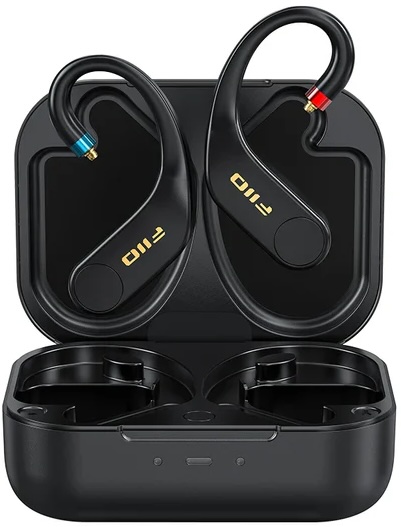
I would like to thank FiiO for providing the UTWS5 2025 (2-pin version) for the purposes of this review - if you are interested in more information about the UTWS5 check it the details: here
I have been using the UTWS5 (the 2-pin) version with a bunch of my favourite IEMs for the past few weeks, and turning some excellent IEM’s into wireless enabled IEM’s has been a fantastic experience. But I do have some possible useful experiences to share to help you decide if this is a perfect device for you and your IEMs.
Some background on the UTWS5
While the UTWS5 2025 is a “new” device is it effectively an updated revision of the original UTWS5 fixing a few of the major complaints people had with that device, specifically around the wireless charging.
But I also think allot has changed in with IEM’s in the 4 years since the original UTWS5 was launched. We now have many IEMs with much larger shells, there is a much more variety of tunings, and we now have much larger collections now both of cheaper IEMs and high quality options. With these changes, I think it is worth thinking careful about which IEM’s you plan to use with the UTWS5, I think there are a few consideration to take into account when selecting between the 2-pin or MMCX version or even whether you should get a UTWS5.
But before I get into some recommendations and pairings for the UTWS5 2025 lets get into what you get out of the box:
Packaging and Build Quality
The box is nice and typical of FiiO packaging:

Some basic information on the back:
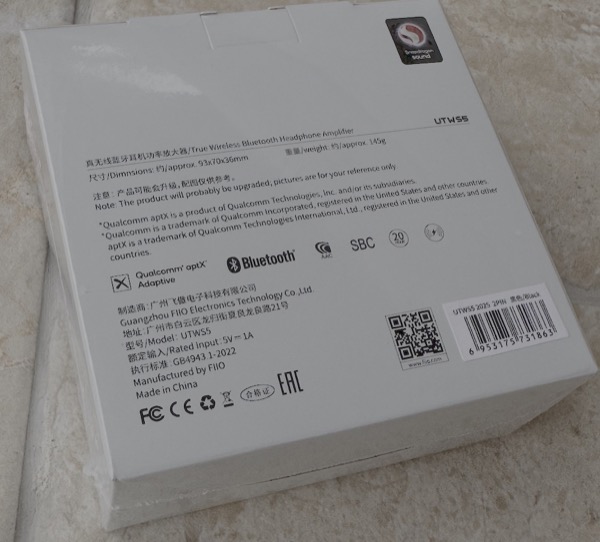
Sliding it out of the other packaging you get a basic black box:
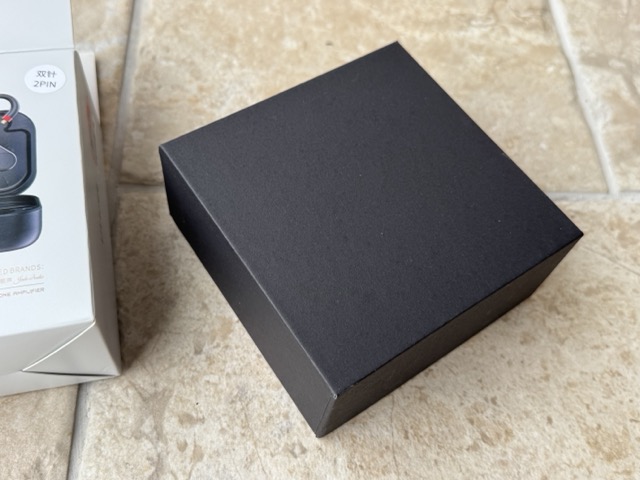
Opening the box you finally see the wireless charging carry case:
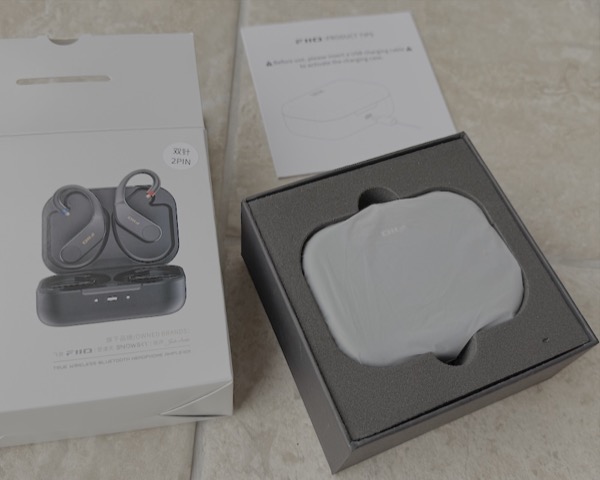
It is a large case but the rounded corner make it easy on your pockets:
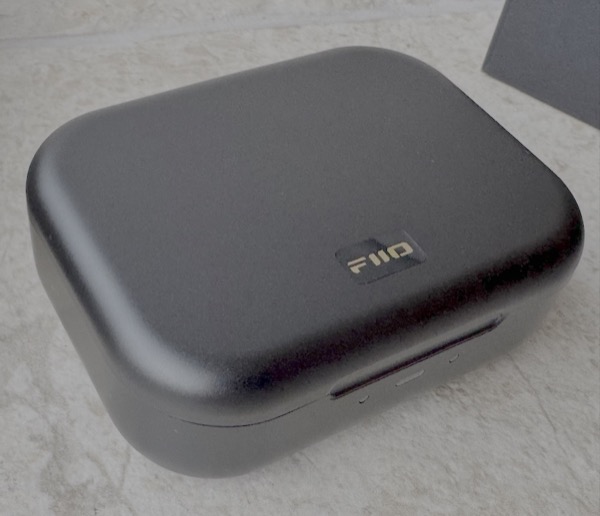
Opening the carrying case we finally see the UTWS5:
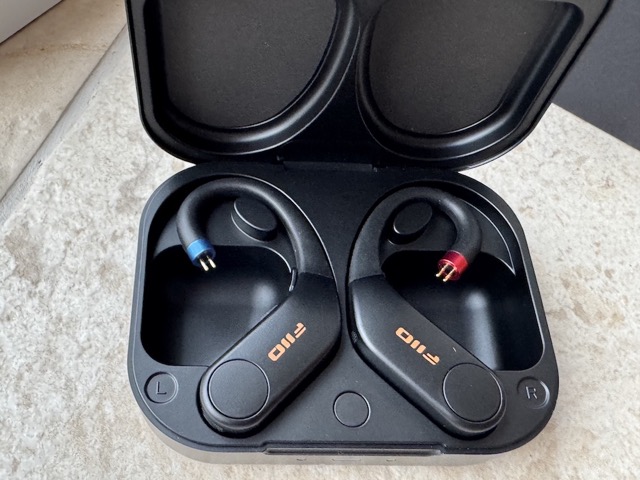
The packaging includes:
- FiiO UTWS5 adapters (left and right), with either MMCX or 0.78mm 2-pin connectors.
- Charging case with wireless charging support.
- USB-C charging cable.
- User manual and warranty card.
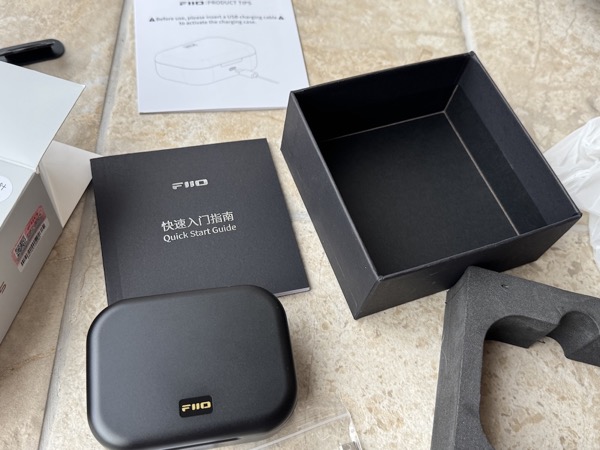
The adapters themselves remain lightweight (about 8g per earhook) and ergonomically designed for a secure fit around the
ears.
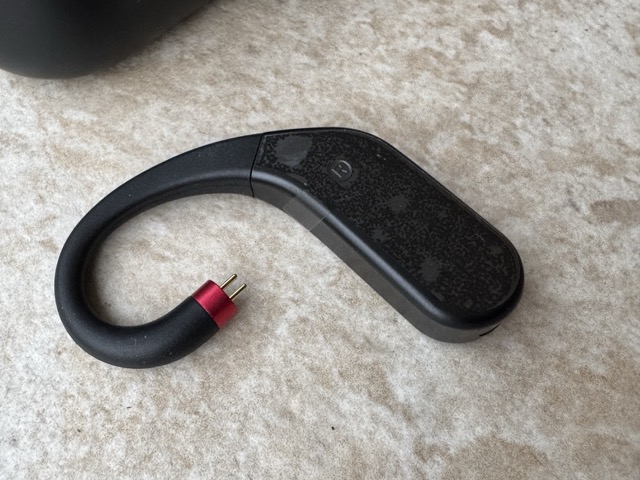
The IPX4 moisture resistance ensures durability, even during rigorous activities or bad weather.
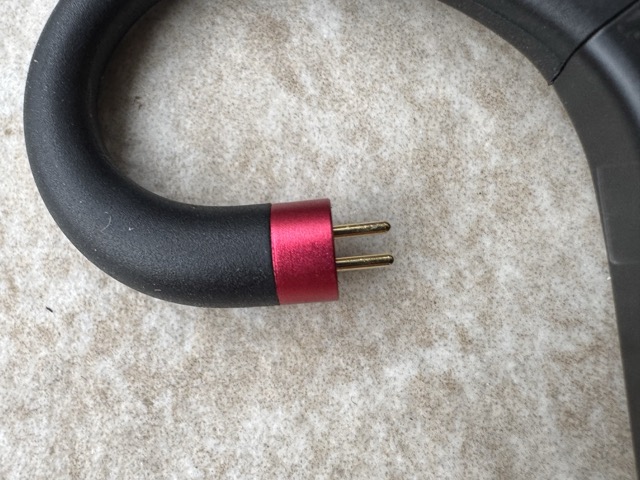
Note: When selecting which model 2-pin or MMCX, I went for the 2-pin version as I felt I had more 2-pin’s that would need some PEQ capabilities. But I now feel I should probably have gone for the MMCX version instead as I would have been able to use this with some of the higher end IEM’s that I have reviewed this year including the FiiO FH19, but as you will see, I did use it with various high quality 2-pin IEM’s and I did try some much cheaper IEMs to test its capabilities.
Wireless charging:
A key difference as I mentioned earlier is that the charging case now supports wireless charging, eliminating exposed contacts and reducing the risk of corrosion, so a welcome upgrade.
As someone who tried similar bluetooth devices in the past (without wireless charging carrying cases) I think this is a key aspect of the UTWS5. Unless you are obsessive about charging you can easily forget to charge and then have that frustration when you try and used a bluetooth device that needs charging, but this case mostly removes that problem.
Sized for larged IEMs
I think the space inside the case is a crucial feature that makes this effectively “old” design more relevant than
every in 2025:
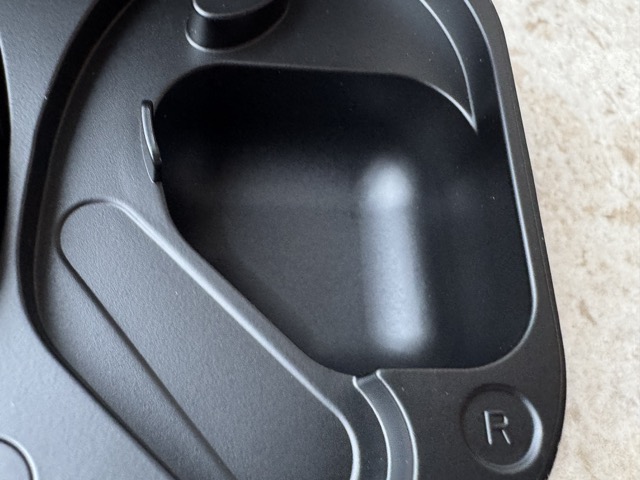
As you will see in the pairing section later I have been using very specifically large shelled IEM’s with the UTWS5 and that extra large internal volume makes it much easier to accommodate even the largest IEM shell.
Features
Mobile Application and EQ
Unlike wired devices, bluetooth devices can be configured on both IOS and Android, so the both iOS and Android versions of the “FiiO Control” applications have full access to configure many aspects of the audio.
Including update the firmware:
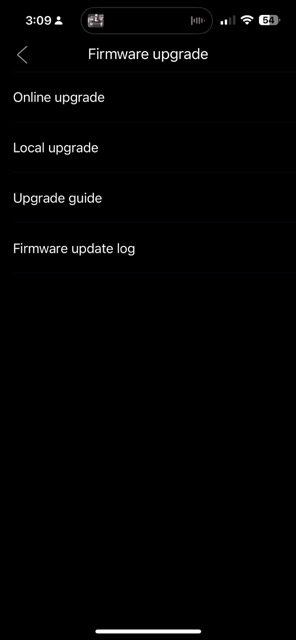
A status screen with the battery levels:
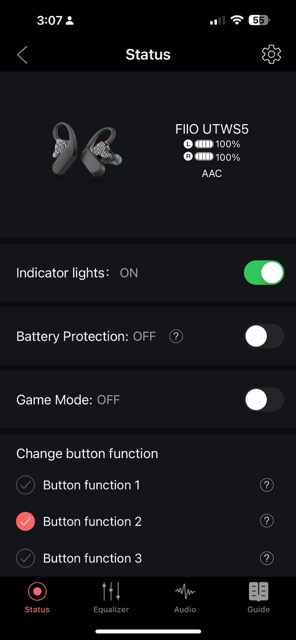
Which bluetooth codecs are utilised:
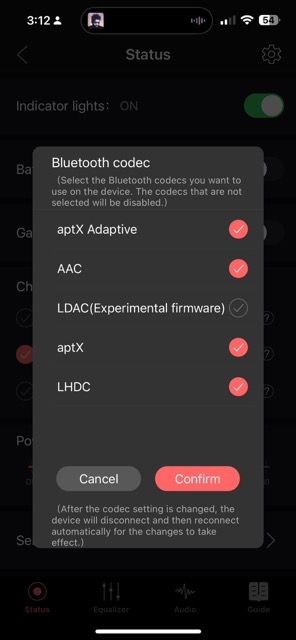
And a key feature specifically for me, is the ability to configure multiple EQ capabilities for each IEM:

I like how you can rename the 3 custom Presets with names that match the given IEM you choose to use with the UTWS5, so in this case I have the Kiwi Ears Orchestra Lite and KE4 and the Salnotes Zero with custom EQ.
Configuring the PEQ for each IEM is super easy e.g. for the excellent Kiwi Ears KE4 in my opinion a minor
reduction in the bass provides an ideal performance:
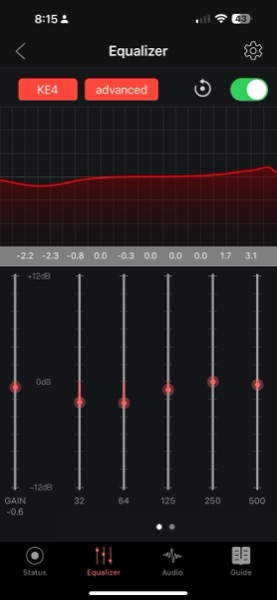
Multi-point pairing
The Bluetooth Multipoint feature allows seamless switching between two devices, making the UTWS5 perfect for multitasking between calls and music. The Qualcomm Snapdragon Sound ensures minimal latency, excellent for watching movies or gaming.
Battery Life
With up to 8 hours of playback on a single charge and two additional charges from the case, the UTWS5 provides approximately 20 hours of total battery life. The standby time is an impressive 200 hours, ensuring the adapters are ready when you are.
Core Features
- Bluetooth 5.2: Equipped with the Qualcomm QCC5141 chipset, offering excellent range and stable connectivity.
- Codec Support: SBC, AAC, aptX, aptX Adaptive, LDAC (Snapdragon devices only), and LHDC (3.0).
- Dual DACs: Each channel is powered by an AKM AK4332 DAC for clean and powerful audio output.
Audio Performance
Obviously with a device like this what you ultimately hear is 99% the IEM’s (and the EQ/PEQ settings you configure) but since this is a neutral / reference sounding device I thought i would provide some brief sound impressions.
Bass
The UTWS5 delivers tight and impactful bass, thanks to the high-quality AKM DAC and op-amp design, there is no sign of roll-off in the sub-bass (which would have plagued earlier bluetooth devices). Paired with dynamic IEMs, such as the FiiO FD5, the high-end remains detailed without overwhelming the mids.
Midrange
Vocals and instruments shine with clarity and warmth. Tracks like Adele’s “Someone Like You” or Norah Jones’ “Come Away With Me” demonstrate the transparency and balanced tonality that make the UTWS5 an excellent choice for vocal-centric genres.
Treble
High frequencies are crisp and detailed, avoiding sibilance or harshness. With Vivaldi’s “Four Seasons”, the violins sparkle, showcasing the UTWS5’s ability to handle complex high-frequency arrangements. Similar to the Bass response there is no roll-off in the upper frequencies and the bluetooth implementation is excellent, so no “digital noise” in the upper treble region.
Soundstage and Imaging
The combination of the QCC5141 chipset and dual DACs results in a spacious soundstage. The imaging is precise, making it easy to pinpoint instruments in orchestral tracks like Hans Zimmer’s “Time.”
Specifications
- Hardware Solution: DAC: AK4332, Bluetooth: QCC5141
- Volume Control: Button control
- Weight: 122g (Includes ear hooks)
- Charging Indicator: The white light on the earhook is always on and goes out when fully charged.
- Bluetooth Multipoint: Yes
- EQ & PEQ: Yes
- Bluetooth Version (5.2): AAC/SBC/aptX/aptX Adaptive/LHDC
- Sampling Rate: Up to 96kHz-24bit
- Headphone Output Ports: MMCX/0.78mm Pins
- Power Input: DC 5V 1A or more
- Battery Capacity:
- Ear Hooks: 60mAh
- Charging Case: 800mAh
- Charge Time:
- Ear Hooks: ≤1.5 hours
- Charging Case: ≤2 hours
- Battery Life:
- >8 hours (AAC)
- Charging case can charge the ear hooks 4 times
Power Parameters
- Output Power 1: ≥54mW (16Ω / THD+N <1%)
- Output Power 2: ≥33mW (32Ω / THD+N <1%)
- Output Impedance: <0.4Ω (32Ω)
- Channel Separation: ≥86dB (1kHz / 32Ω)
- Noise Floor: <2μV (dbA)
- THD+N: <0.002% (1kHz / 32Ω / dbA)
- Frequency Response: 10Hz~41kHz (-3dB)
- SNR: ≥109dB (dbA)
- Peak Output Voltage: >2.9Vp-p
So, plenty of power for even the most challenging IEM’s with excellent SNR and a low THD+N value.
Pairing
So one of the key findings, I have with the FiiO UTWS5 after having used it for a few weeks is to plan which IEM’s you are going to use with it.
So for example, IEM’s with recessed 2-pin are not great as I found it wasn’t as secure as normal with
a cable:
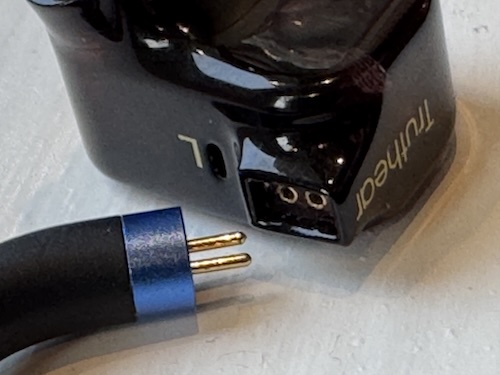 So, when I used it with the Truthear Zero Red (as in the picture above), while it worked, it would
occasionally come apart when I would take it out of my ear.
So, when I used it with the Truthear Zero Red (as in the picture above), while it worked, it would
occasionally come apart when I would take it out of my ear.
Also, with some 2-pin IEM’s it was not ‘flat’ due to the shape of the IEM:
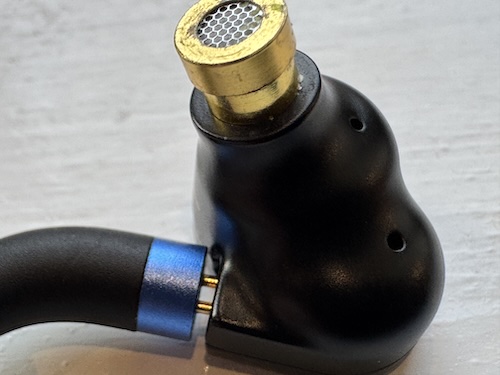 So, above with Moondrop Chu II, the shaped of the Chu II caused an issue where it was not flat and
secure and again would easily detach.
So, above with Moondrop Chu II, the shaped of the Chu II caused an issue where it was not flat and
secure and again would easily detach.
So, this would be possible another reason to pick the MMCX version as that connection is more secure than the 2-pin version, but I did pick the 2-pin version as I have much more 2-pin IEM’s than MMCX so here are a few that it worked very well with:
Pairing with the Kiwi Ears Orchestra Lite:
It works extremely well with the Orchestra Lite:
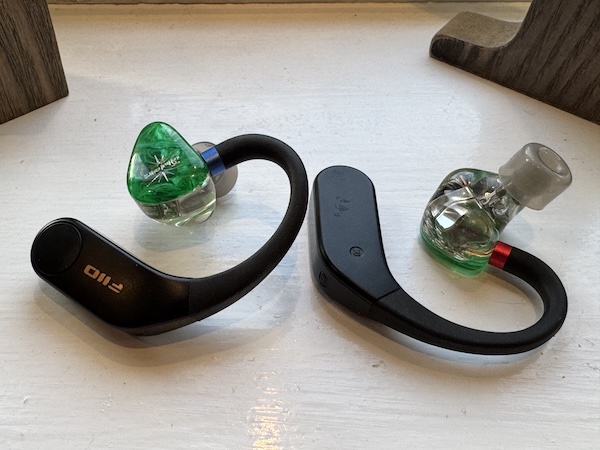
I do love how the Orchestra Lite looks:

And crucially if you can use an all BA IEM, like the Orchestra Lite is an ideal choice. As DD IEM’s typically have a vent which allows external environmental sound into your listening experience but an all BA design will form a much quieter “seal” and make it an ideal pairing for using when outside walking around, basically giving you excellent passive noise isolation while providing excellent sound quality.
With the Orchestra Lite, you can also tweak the sub-bass slightly increasing the bass with the built-in PEQ in the UTWS5.
Pairing with the Kiwi Ears KE4:
With the KE4 I used some Dunu XL eartips
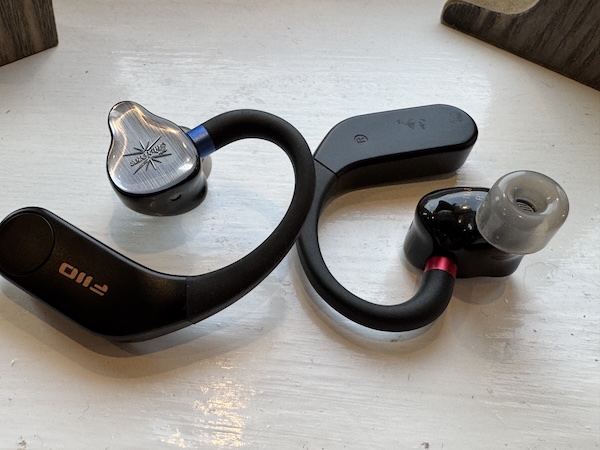 And even though the KE4 has a very large shell and the Dunu eartips are large they fit perfectly within the
case.
And even though the KE4 has a very large shell and the Dunu eartips are large they fit perfectly within the
case.
Again I like the look of the KE4:
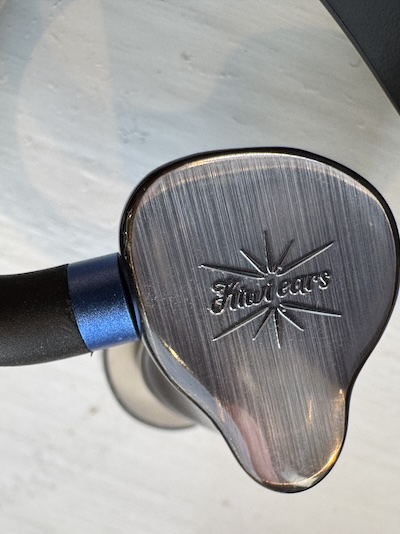
Again a slight PEQ tweak is required for KE4, but this time a slight decrease in bass:

Pairing with the Salnotes Zero:
Even though this is an “old” IEM the ability to tweak the frequency response with the PEQ brought it
back to life:
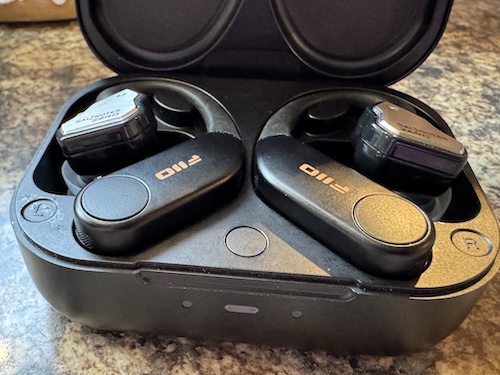
I actually had to use triple flange ear tips with the Salnotes zero due to the angle of the nozzle:
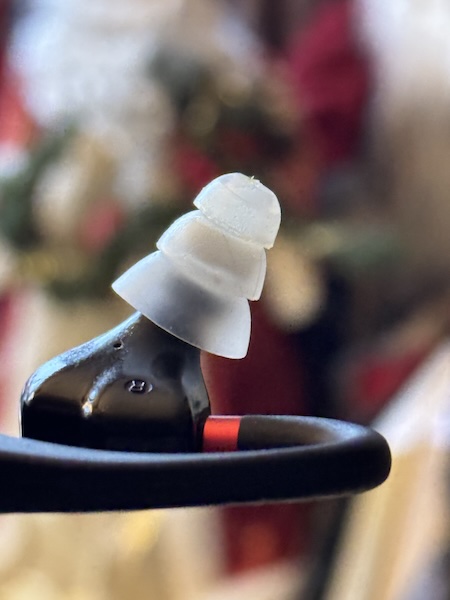
And even with these very long ear-tips the case would close if pushed down or when the case is in your pocket. The
crucial thing is the lights are showing that it is wireless charging even with extremely large IEM’s:
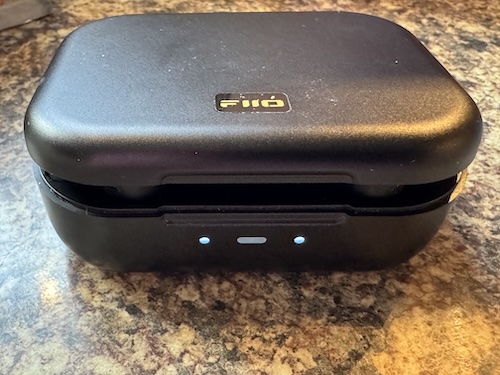
In general, I found the FiiO UTWS5 provided an amazing experience with these excellent IEM’s giving them a new use-case using them wirelessly in a very convenient way while out and about in the build up to the Christmas period.
And especially with the Orchestra Lite I could easily use these instead of an ANC headphone in a noisy environment like a bus or even in a shopping center.
Ratings
I have given the UTWS5 2025 a pragmatic 5-star rating, I personally should probably have chosen the MMCX version rather than the 2-pin but that is not a problem with the device, more with IEM’s pairings.
So, if you understand what the UTWS5 provides it delivers everything it promises, so deserves the 5-star rating. It really can bring new life to your IEM’s and especially with the right pairing provides a fantastic audio experience helping bring your beloved IEM’s out of your house and with you all the time.
Conclusion
The FiiO UTWS5 2025 delivers an audiophile-grade wireless experience, bridging the gap between convenience and high-quality sound. The wireless charging, advanced codec support, and thoughtful ergonomic design make it a standout choice for anyone looking to modernize their wired IEMs.